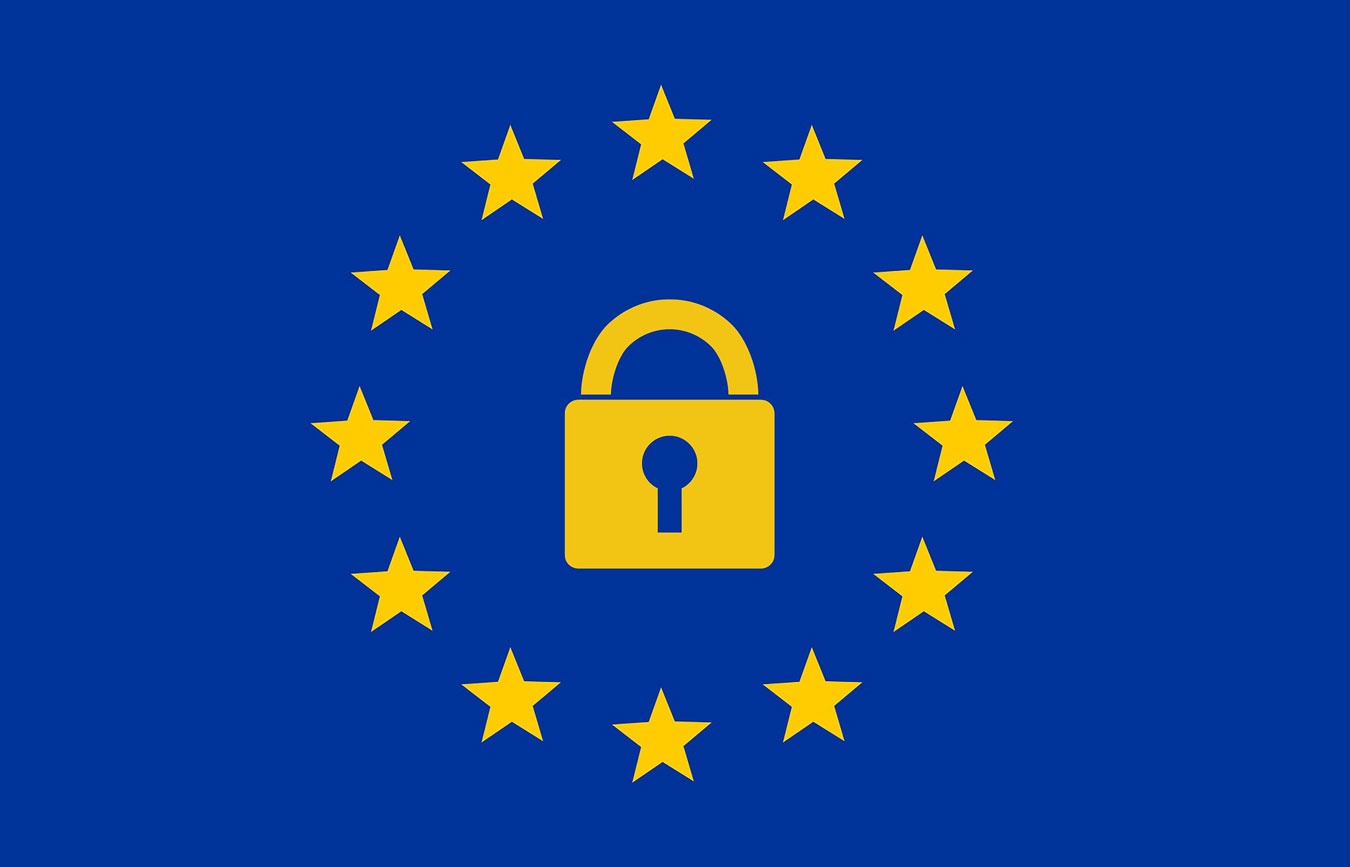
Traditional marketing channels such as TV advertising, direct mail, billboards, and telemarketing, aren’t going anywhere, but for many B2B companies, those channels are being replaced by content marketing.
The reality is that content marketing is far more effective at bringing in customers, costing 62% less than traditional marketing while generating three times as many leads (DemandMetric).
And when 9 out of 10 B2B buyers state that online content has a moderate to major effect on their purchasing decisions, there’s no reason not to focus on doing content marketing right.
One problem with that, though, is that many B2B marketers aren’t doing it right. They create content just to create content and aren’t measuring, optimizing, or improving. A content marketing strategy is only effective if it’s aligned with SMART (specific, measurable, attainable, relevant, and timely) business goals.
Another problem for many B2B marketing teams is a lack of budget and resources to do content marketing correctly. Without demonstrating ROI to key decision makers—the CEO, Board of Directors, and Sales—it can be difficult to also demonstrate a need for more money.
In either case, KPIs are key to measuring the effectiveness of your content marketing efforts and to demonstrating that effectiveness to the right people. Here are the top content marketing KPIs that you need to improve your B2B content marketing results.
Consumption Metrics
The first place to start is with the consumption of the content you are creating. After all, no content, no matter how interesting, is valuable if it’s not read, viewed, downloaded, or talked about.
Consumption metrics are a great place to start when it comes to demonstrating ROI because they’re easy to measure and understand. They can also be tied to overarching SMART goals.
Views:
These can refer to page views via Google Analytics, video views via YouTube analytics, document views via SlideShare or Scribd, or email opens via Constant Contact, MailChimp or another email marketing platform. The key for this KPI is to break it down into as many different channels as possible to give an overarching understanding or your total unique views.
As part of views, you’ll also want to look at “Average Time on Page,” which helps you measure not just if someone saw your content but if they found it relevant and how interesting it was to them.
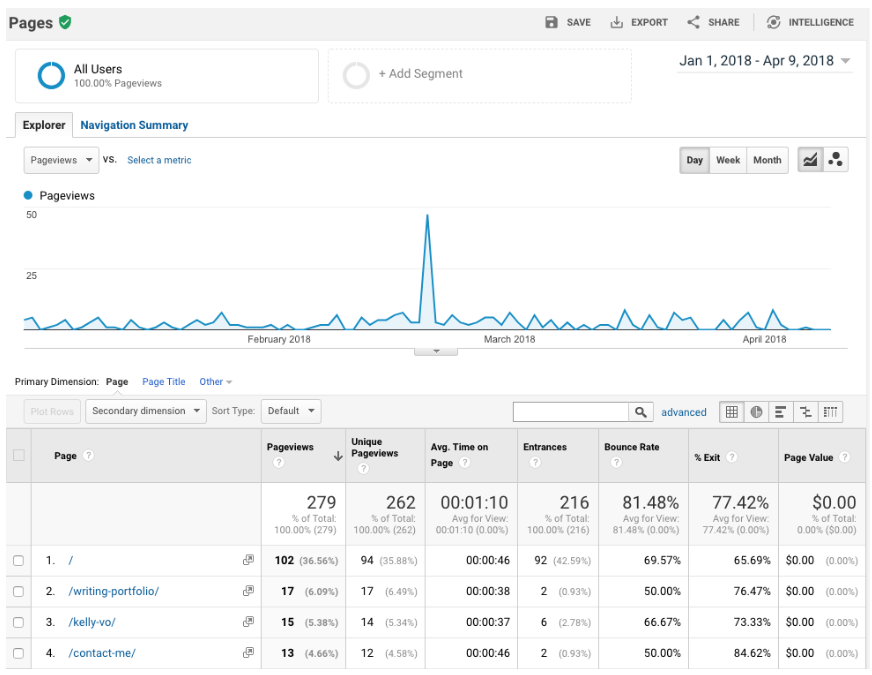
Bounce Rate:
A step beyond views is bounce rate, which refers to how long a customer stays on your page to view the content. The higher the bounce rate, the less likely a viewer actually read, watched, or absorbed the content you provided. Google Analytics provides a bounce rate for every page.
Click-Through Rate:
Another consumption metric is the click. If you have a call-to-action in your email or on your web page, you want to track how many of your viewers actually clicked on the link and followed your call-to-action. This is a good indicator that not only was your content consumed, but that it provided enough value that the customer wanted more. Bitly is a great URL shortening platform that allows you to track all of your clicks no matter the channel.
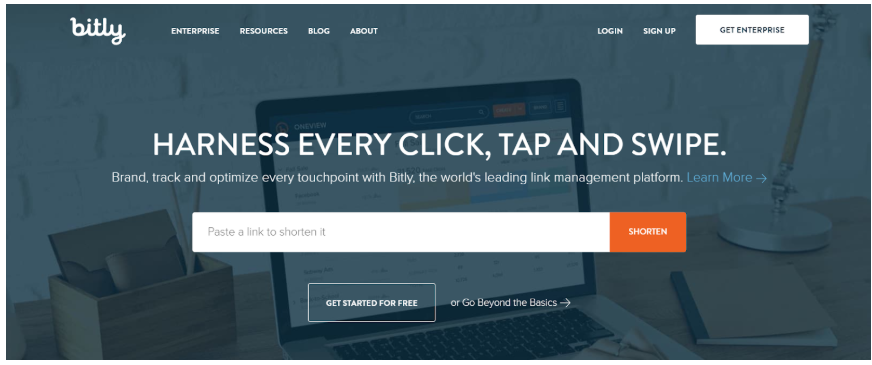
Downloads:
You’ll also want to track things such as downloads of case studies, ebooks, white papers, or other helpful documents that you provide via email or on your website. This KPI can be tracked using a CRM platform such as HubSpot or Google Analytics.
Sharing Metrics
Sharing metrics are a step beyond consumption. In this case, you’ll want to determine how much customers value your content by looking at if and how they share it with others.
For example, which is more valuable to your company: someone reading an article and thinking “that’s interesting” or someone reading your article and thinking “I need to tell my friends about this” and then sharing it online.
In the second case, not only did the customer like your article but they also decided it was interesting enough to share with their circle, expanding your reach.
Social Sharing:
When talking about social sharing, we’re referring to shares, likes, tweets, pins, +1s, etc. on social media. Whether you’re dealing with Facebook, Twitters, LinkedIn, or Google+, you’ll want to track where and how your content is shared.
A tool like Radian6 or Mention.com can help you track the social conversation online in real-time. You should also track shares of your blog via simple sharing tools, and you should use social media platform analytics to track shares and likes on social content.
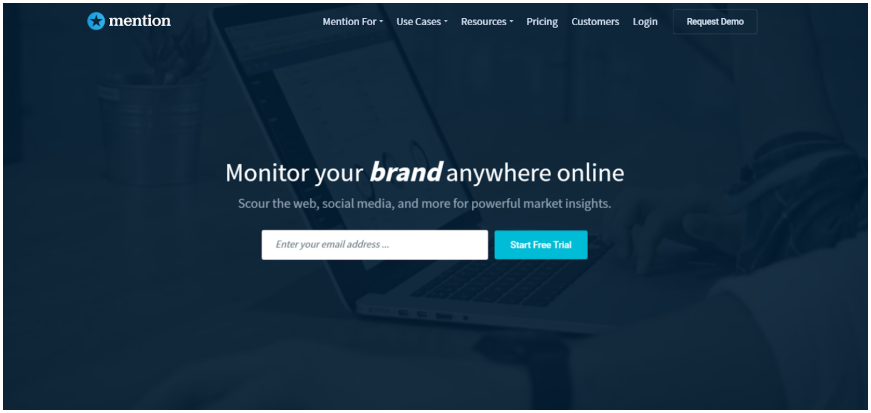
Inbound Links:
An inbound link is a hyperlink back to your website from another website. These links can help build your organic traffic and can be tracked using software such as MajesticSEO, which helps you search for these links across the web.
Email Forwards:
Are people reading your emails and then sharing your emails with their friends, family, and coworkers? Email forwards can be tracked using an email marketing software such as HubSpot.
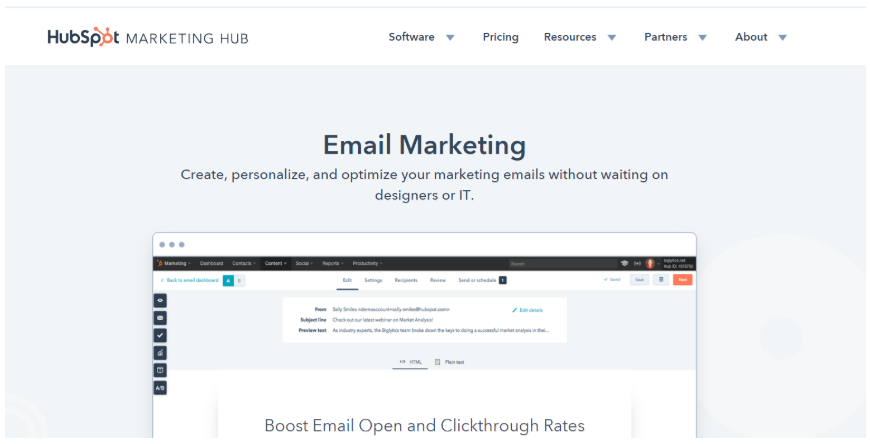
Lead Generation Metrics
Lead generation refers directly back to sales and earning money for your company. The key to measuring lead generation effectively is to measure along the entire marketing and sales funnel from top-level leads to leads that are close to becoming sales.
Email/Blog Subscriptions:
Any time a potential customer signs up for your blog or email list, it should be tracked. You can track blog subscriptions through your CRM software or directly through HubSpot or Wordpress. You can track email sign ups through your email marketing software or CRM.
Downloads/Form Submissions:
If you have gated downloads where you require a potential customer to supply their email and other information to gain access to the download, then this is a powerful lead generation KPI. The same goes for filling out contact forms. Both of these can be tracked using a CRM or marketing automation platform, like HubSpot.
Traffic Growth:
You’ll also want to track your overall website traffic growth. If more and more people are visiting your website, then by default, you’re gaining more leads.
Blog and Social Comments:
When someone comments, whether on a blog or social media, they are opening up a conversation with you and providing a way for you to communicate with them directly. These individuals can be considered leads, particularly if they ask a question that you can answer and direct them to further information. Software such as Disqus or LiveFyre can be helpful for adding a comment feature to your blog.
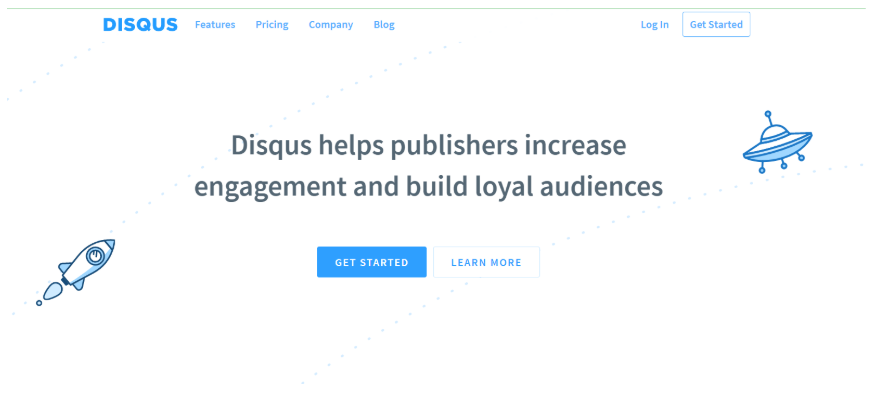
Sales Metrics
Sales metrics help you demonstrate exactly how much money you made from a specific piece of content or an overall content marketing strategy. This is where you assign a dollar value to an action and track conversions.
For example, did an email campaign include a call-to-action to purchase a product? You can track who in the email list completed a purchase and those directly contributed to your company’s sales goals.
Attribution:
A powerful marketing CRM such as HubSpot can help you track how customers consume and interact with your content, allowing you to put a dollar value on each component.
For example, you can backtrack through URL clicks to see if the customer originally came to the website and purchase page via social media, an email, or a blog. The key is to attribute value to each of your content types.
Conversion Rates:
You should track conversion rates of traffic to leads, of leads to MQLs, of MQLs to SQLs and eventually customers. This is something you can measure per page, per site, per email campaign and frankly any marketing channel you're using.
Additional Metrics
There are many other content marketing metrics that can be of value to the C-level and board members. Most of the time, these metrics are directly related to the financial value that your marketing efforts provide.
Customer Revenue:
How much is the average customer worth? You’ll also want to measure if you’re getting more customers over time.
ROI:
How much value do your content marketing efforts provide divided by the cost of your efforts to acquire the customer? You want to demonstrate that you provide more revenue than you cost.
For example, if you determine that it costs around $100 to bring in a single customer via an email campaign but the average lifetime value of that customer is $360 over the course of two years, that’s a good ROI.
Market Size:
How big is the potential customer market for your content marketing efforts and how can you keep expanding to reach more of the market?
Final words
In the end, there are a number of KPIs that are valuable to your content marketing efforts. The more you can measure, the better you’ll be able to demonstrate your value to your company, thus helping increase your budget and resources.
If you need help tracking your content marketing metrics and building a monthly or quarterly report that demonstrates your overall ROI, contact KeyScouts today for your free B2B Content Marketing Consultation.




